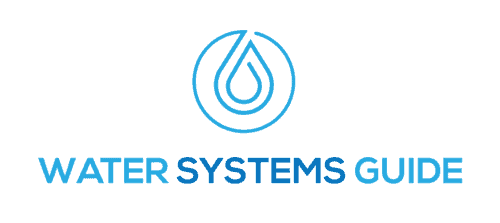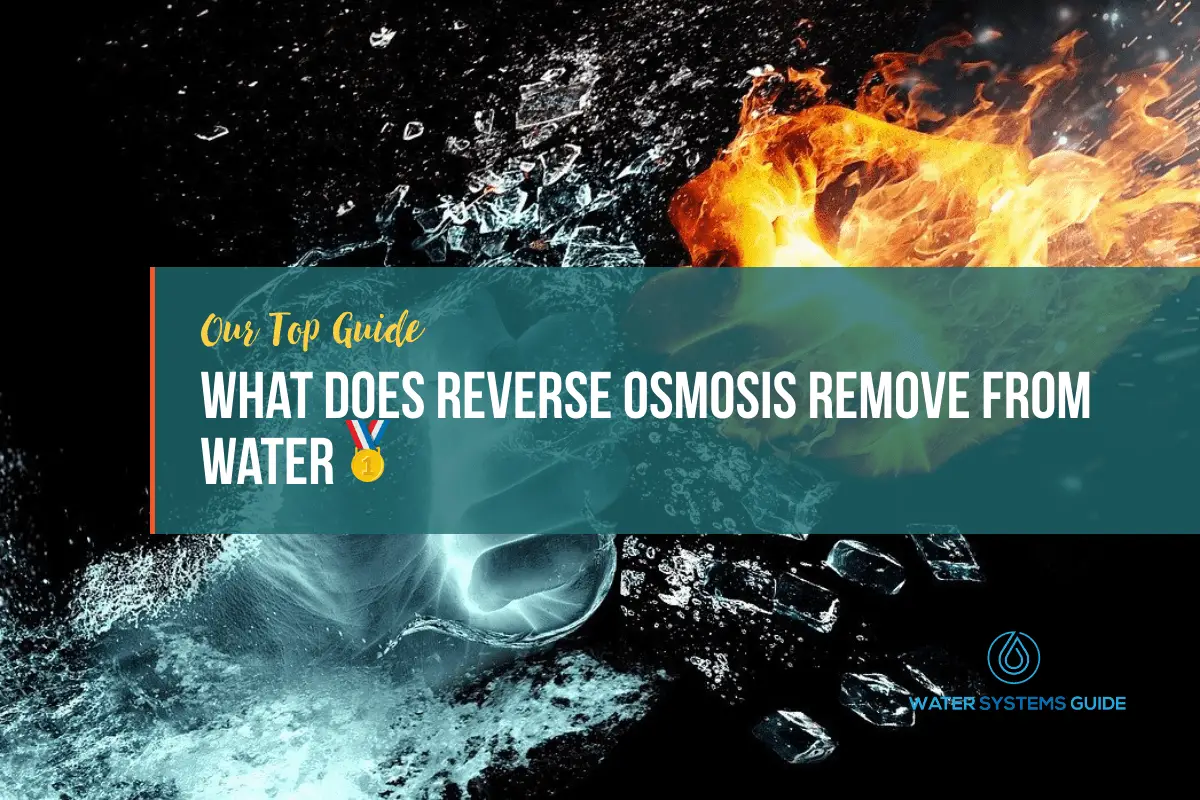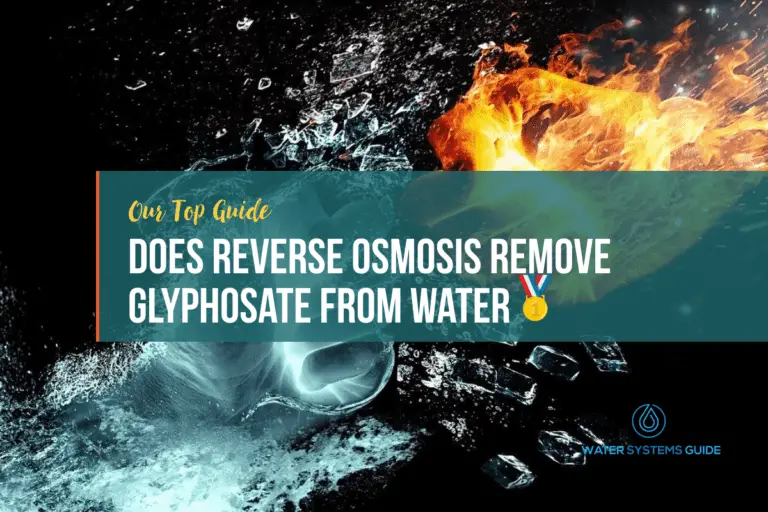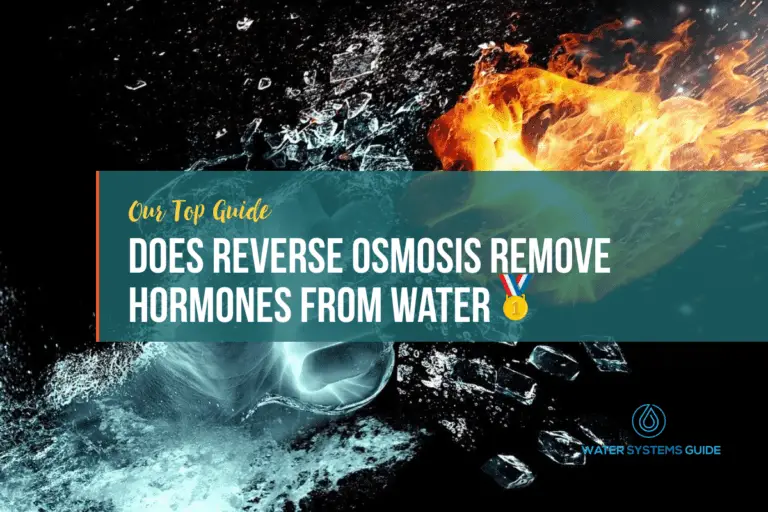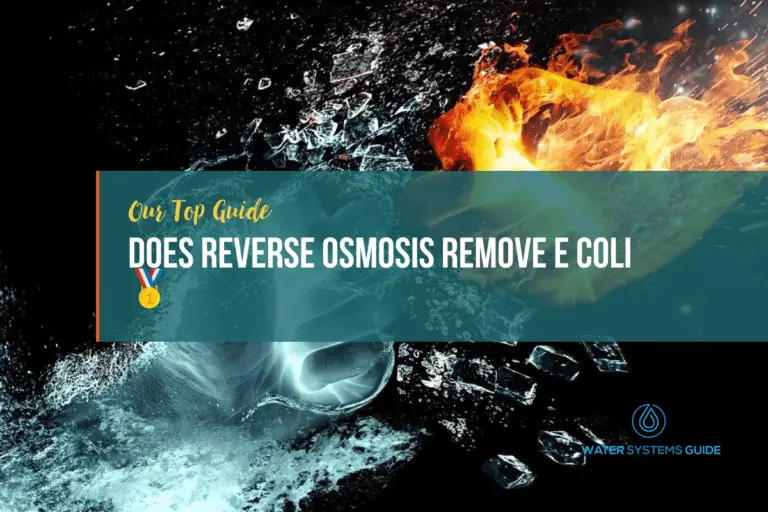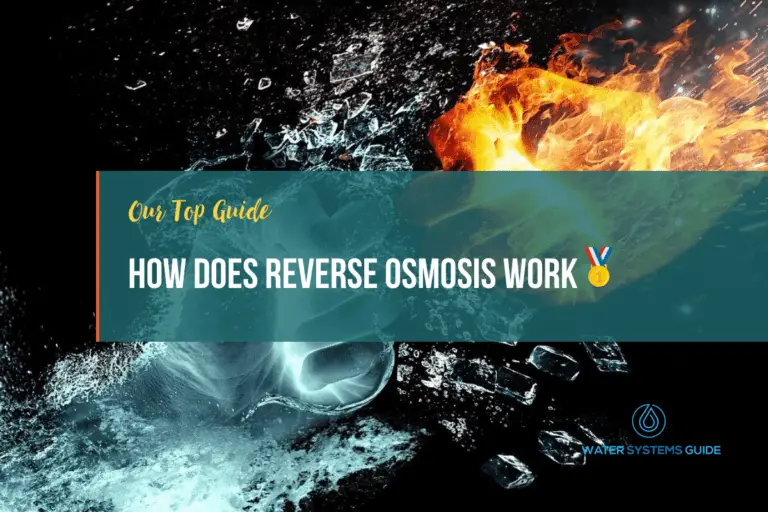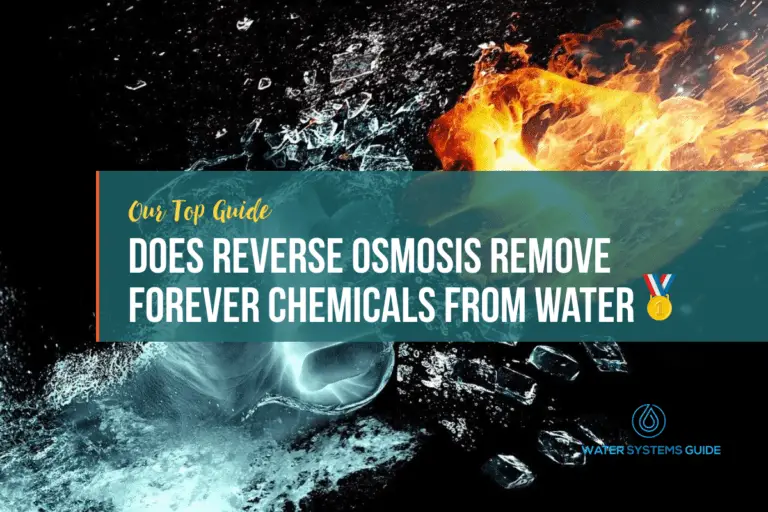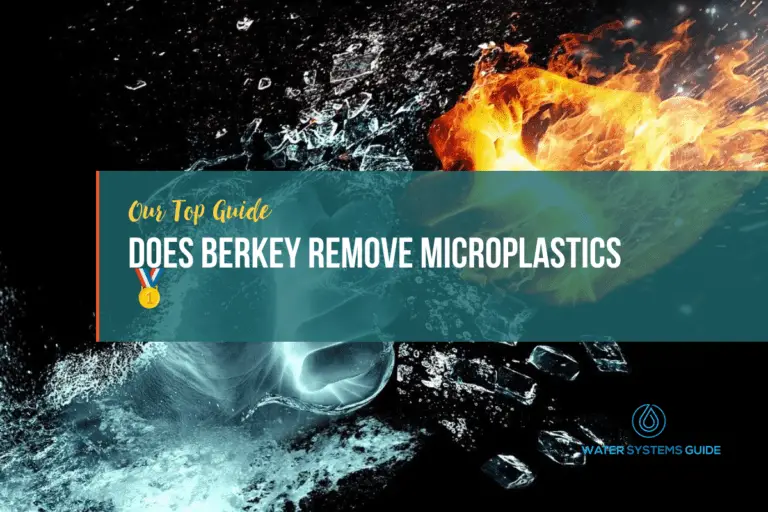Affiliate Disclaimer: Please note that some of the links on this website are affiliate links, which means that we may earn a commission if you click on the link and make a purchase. However, we want to assure you that all of our recommendations are 100% genuine and unbiased. We have a strict
editorial process in place that ensures our recommendations are based solely on our assessment of the products and services we review. Our goal is to provide you with the most accurate and helpful information possible so that you can make informed decisions about the products and services you purchase. We appreciate your support of our website, so thank-you for reading.
Hi! I'm Charlie. If you're wondering why I started WaterSystemsGuide, it's because I previously worked as a water systems specialist/consultant for a large government initiative in California, USA. However, after leaving, I wanted to provide advice and information for others, to pass my knowledge on, so I created this site!
Latest posts by Charlie W. Palmer
(see all)Reverse osmosis is a popular water filtration method that is used by many households. The process removes impurities from water by using pressure to force water molecules through a semi-permeable membrane. This leaves the impurities behind, resulting in clean, filtered water.
However, what impurities/contaminants does it actually remove? Well, that’s exactly what we’ll be discussing in this article.
Before we dive into that, let’s briefly touch on what exactly RO is, and how it works.
How Does Reverse Osmosis Work
Reverse osmosis is a process that uses a semi-permeable membrane to remove ions, molecules, and larger particles from water. The membrane only allows water molecules to pass through, so the other particles are left behind. This process can be used to purify water or concentrate saltwater.
What Does Reverse Osmosis Remove From Water
Reverse osmosis can remove a variety of impurities from water, including salts, viruses, bacteria, and chemicals. This makes it an effective way to purify both drinking water and water used in industrial processes.
List of contaminants that RO can remove
Reverse osmosis can remove many types of contaminants from water, including lead, fluoride, arsenic, chromium, and mercury. RO systems are also effective at removing bacteria and viruses.
One downside of reverse osmosis is that it can remove some beneficial minerals from water, like calcium and magnesium. This means that reverse osmosis filtered water may need to have these minerals added back in before it is safe to drink (in the long term).
However, as with any form of water filtration, it is
not guaranteed that all contaminants will be completely removed by reverse osmosis (RO).
Technically, anything larger than 100 Molecular Weight units will be rejected by a RO membrane. In general, 95%–99% of inorganic material is removed by RO membranes. Things like calcium, strontium, copper, and substances like sodium chloride are included in this. At maximum effectiveness, organic materials like bacteria and viruses are eliminated by 99.9%. Sometimes the water generated may be completely virus and bacterial-free.
Dirt, hardness, algae, and mould can all be removed by RO, but these materials should first be filtered to avoid premature membrane deterioration.
